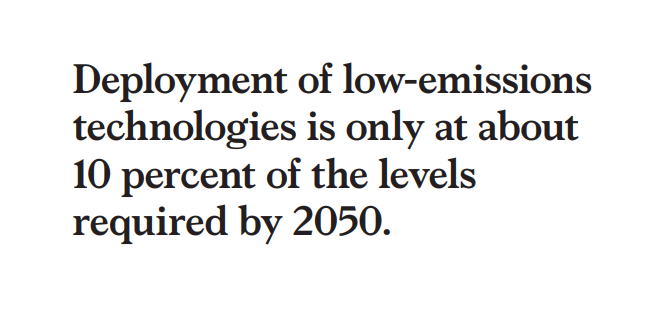“The observation has widely been attributed to Albert Einstein that, given an hour to solve a problem, he would spend 55 minutes defining the problem and five thinking about solutions.”
So begins the newly report “The hard stuff: Navigating the physical realities of the energy transition” from McKinsey Global Institute, available here. This quote attributed to Einstein has appeared in different forms. But if we trust the quote investigator, they are likely all fabricated!
It was probably an unknown academic at Yale University who said in 1966 that he “would spend up to two-thirds of that hour in attempting to define what the problem is.” The statement has gained some padding since then, leaving only 5, or even just 1 minute to solving, having been attributed rather to Einstein than to an unknown. It’s curious how much we need to create gold standard rules, embellishing them possibly through community memory bias.
Personally, I have certainly no rule but I validate the idea of the initial quote. People often rush to find a solution, only to realize that the problem was poorly defined, especially in today’s quest of data-driven decision-making.
To return to the McKinsey hard stuff report, they seem to have used their MECE principles, maintaining high level of clarity, as usual. I also appreciate their truth-seeking rudder as they navigate the physical realities of the energy transition.

Their implicit message is somehow what many have been advocating since the Paris Agreement in 2015: a call for a concrete action to achieve the ambition of net zero by 2050. However, they present it in a very educational and pragmatic way, providing helpful numbers. I value that they emphasize the importance of understanding the physical realities of the transition for it to be successful.

Here are a few takeaways I have kept to see the forest for the trees.
- “This energy transition is in its early stages. Thus far, deployment of low-emissions technologies is only at about 10 percent of the levels required by 2050 in most areas, and that has been in comparatively easy use cases.”
- “The key to success is recognizing that the energy system is physical, made up of millions of assets that work together to deliver specific functions, and that the transition is therefore first and foremost a physical transformation.”
- “Coupled with hundreds of years of industrial learning and accumulated investment, this coevolution [from different industrial sectors] has delivered cheap, reliable, convenient, and resilient ways to produce and consume energy.”
- “About two-thirds of energy consumed today is wasted, mostly due to low energy efficiency in the conversion and use of fossil fuels.”
- “To take one instance, more than two kilograms of CO2 are released for every liter of gasoline burned. An average tree would take about 40 days to absorb that volume.”
- “Seven interlinked domains of the energy system would need to be physically transformed. […] As such, a modular approach to the energy transition would not work. A system view is needed.”
- “To progress the transition further, 25 physical challenges—defined as barriers to switching from high-emissions physical assets and processes to low-emissions ones—across the seven domains would need to be addressed.”

